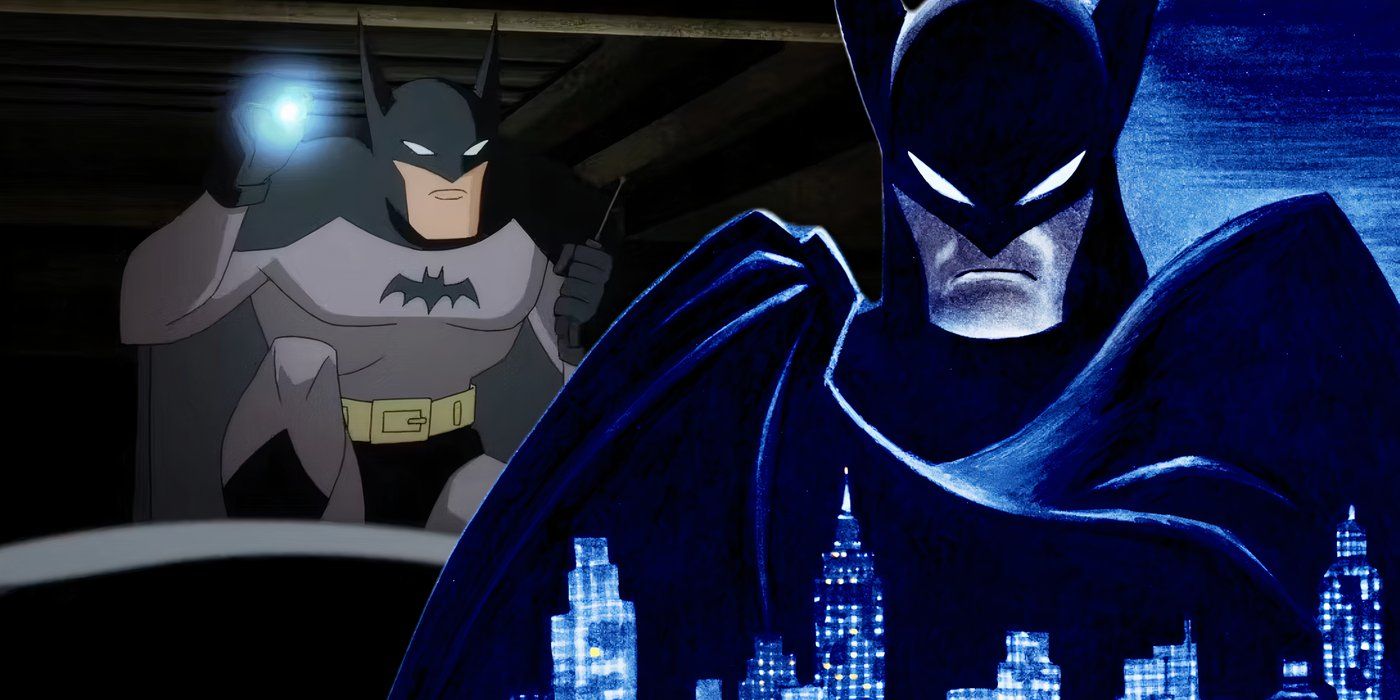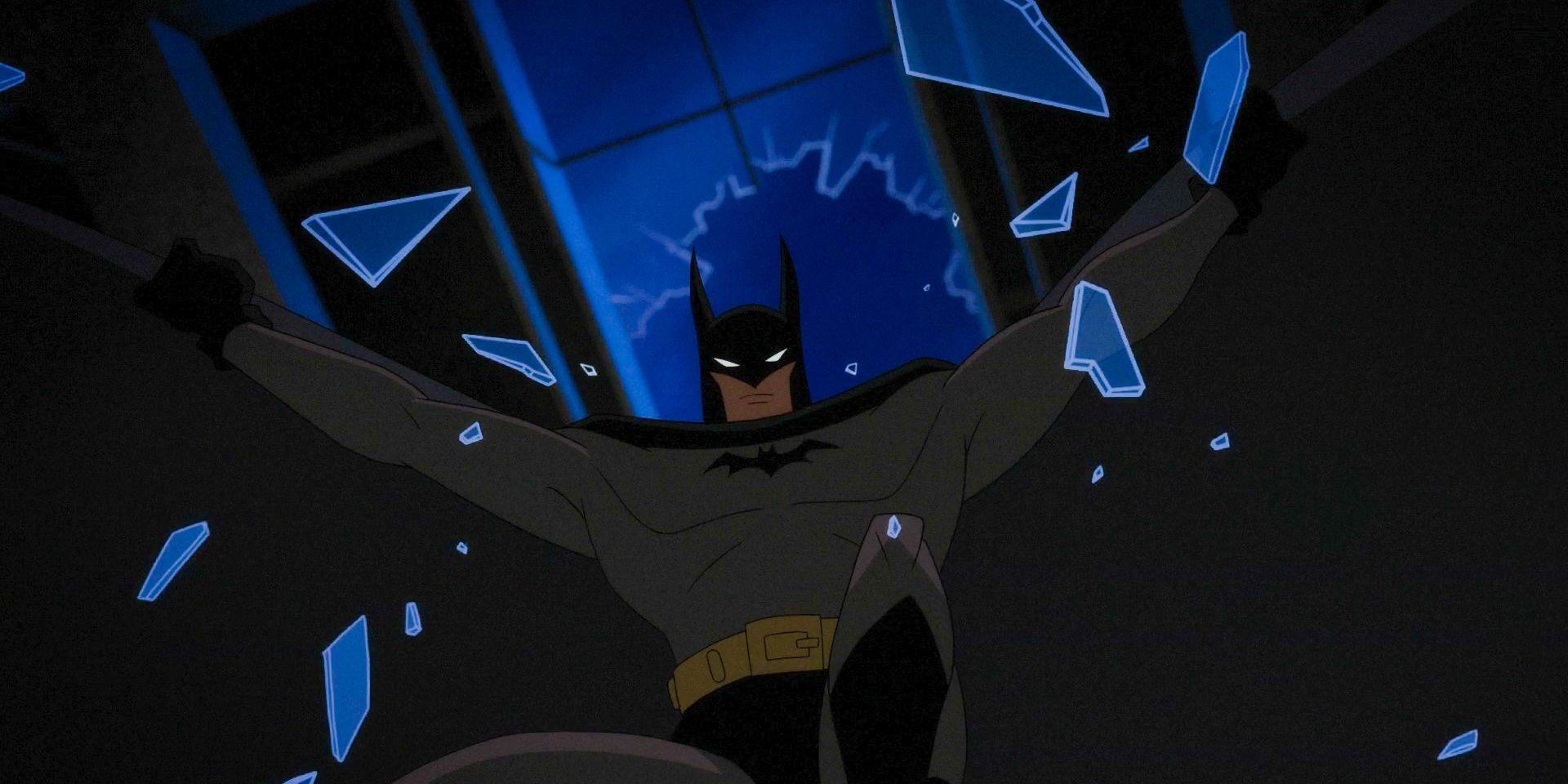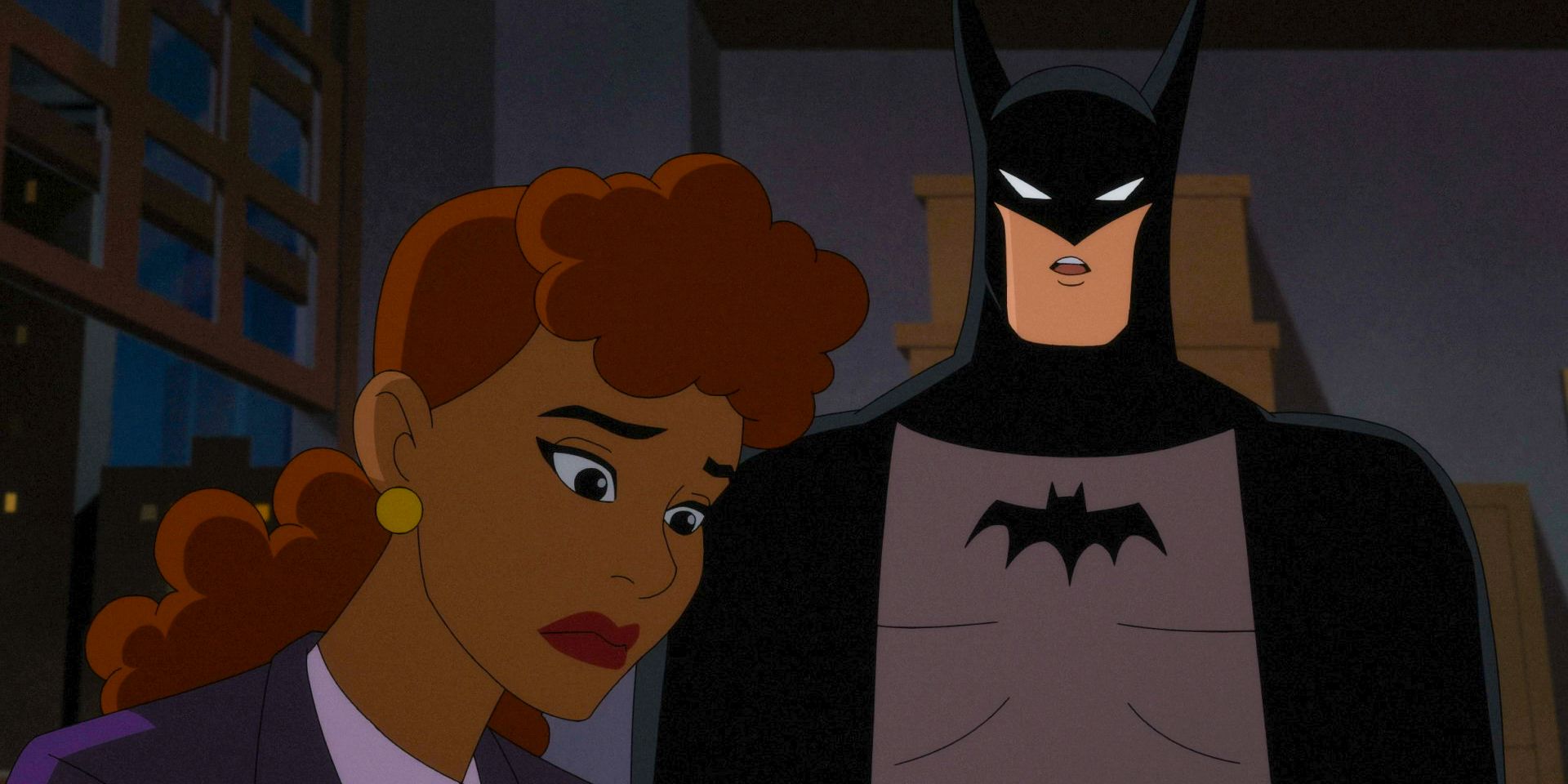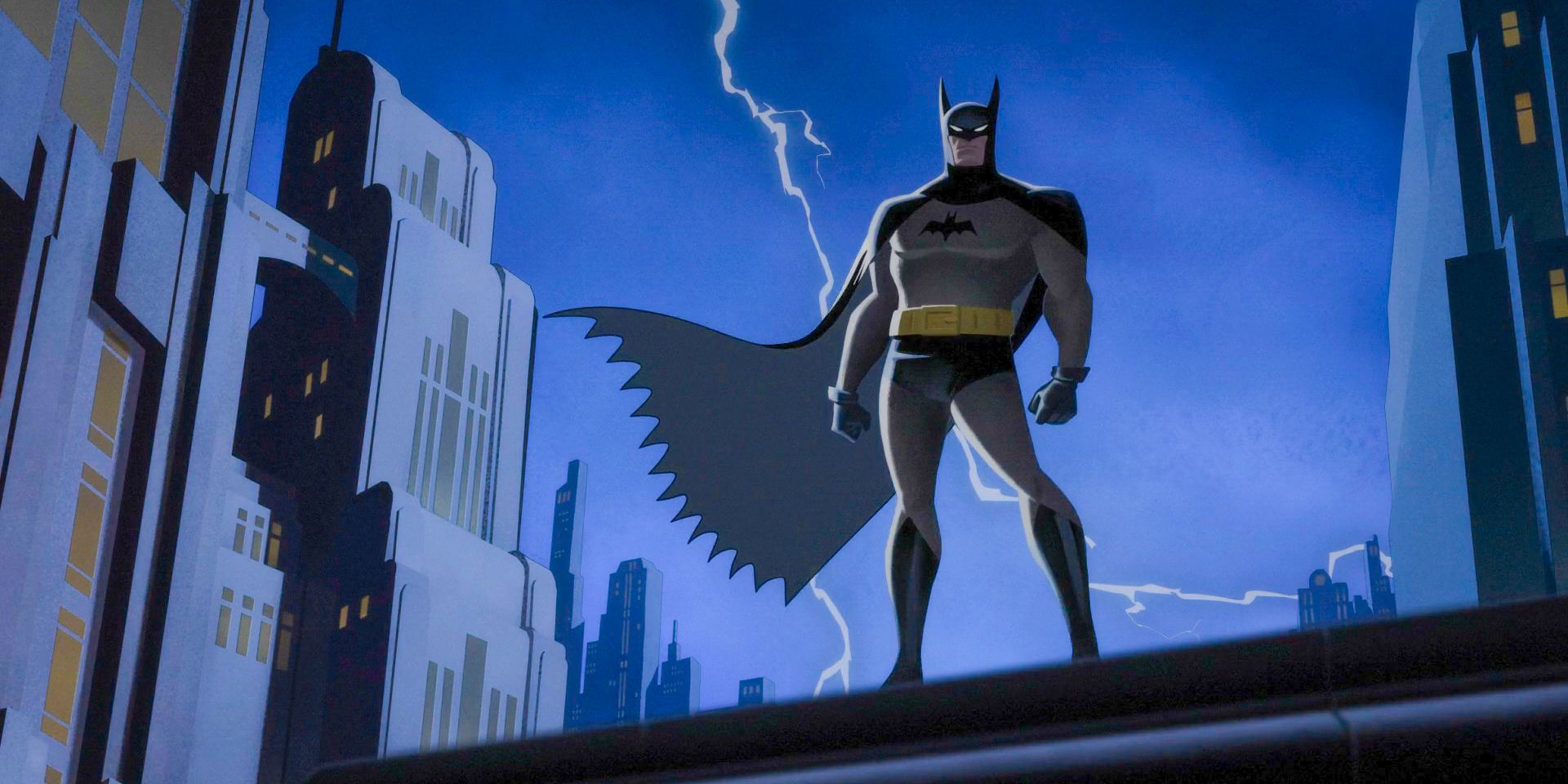
Batman: Caped Crusader reimagines the iconic Batman mythos in an unspecified period setting. Created by Bruce Timm, J.J. Abrams, and Matt Reeves, Batman: Caped Crusader aims to capture the essence of DC’s early Batman comics and the moody atmosphere of film noir. With Timm at the helm, the animated Batman series is positioned as a spiritual successor to the beloved Batman: The Animated Series and is maintaining its retro, art deco aesthetic.
Batman: The Animated Series set a high standard for superhero storytelling with its mature themes, complex characters, and distinctive style. Batman: Caped Crusader builds on this legacy by delving deeper into the detective roots of Batman’s character. The show presents a darker, more grounded take on Gotham City, emphasizing Batman’s role as a detective. While it introduces modern sensibilities and inclusivity in the Batman: Caped Crusader cast, it retains the noir-inspired aesthetics and tone that made the original series so iconic.
What Era Is Batman: Caped Crusader Set?


Batman: Caped Crusader is set sometime in the 1940s. This is evident in several ways. The automobiles are based on models from this period, as is fashion. Men are frequently seen in double-breasted suits, fedoras, and suspenders, embodying the sharp, tailored look that was the hallmark of the decade. Women’s fashion is equally authentic, with characters donning tailored dresses, pencil skirts, and stylish hats.
Much of this recalls the gangster movies of the decade, with well-dressed mobsters armed with Tommy guns and bow ties. The technology in Batman: Caped Crusader is a fascinating blend of the 1940s and early science fiction, reminiscent of works like H.G. Wells’ The Invisible Man. Telephones, radios, and early television sets are designed with the bulky, mechanical aesthetics of the time. However, while anachronistic, the show also incorporates fantastical elements that feel like plausible extensions of 1940s science fiction.
Batman: Caped Crusader Breaks Some Real History Rules

Batman: Caped Crusader frequently features technology that would be considered science fiction in the 1940s. For example, the listening device used by Batman in episode two would have been somewhat feasible. Still, it would have required some sort of external power supply unavailable in the era. Examples would be Catwoman’s taser knuckle and Batman’s grappling gun. While not historically accurate, these devices are designed in a way that could be seen as part of the era’s speculative technology.
The most notable anachronism in Batman: Caped Crusader is the show’s depiction of a fully inclusive society. The series features strong female characters, LGBTQ+ representation, and characters of color in prominent roles, enjoying a level of acceptance and opportunity that was largely unavailable to marginalized communities in the 1940s. In reality, the 1940s were a time of significant social and racial inequalities that would have made it hard for minorities to achieve positions like professional psychotherapist and police commissioner. Batman: Caped Crusader largely ignores this in its recreation of the 1940s.


